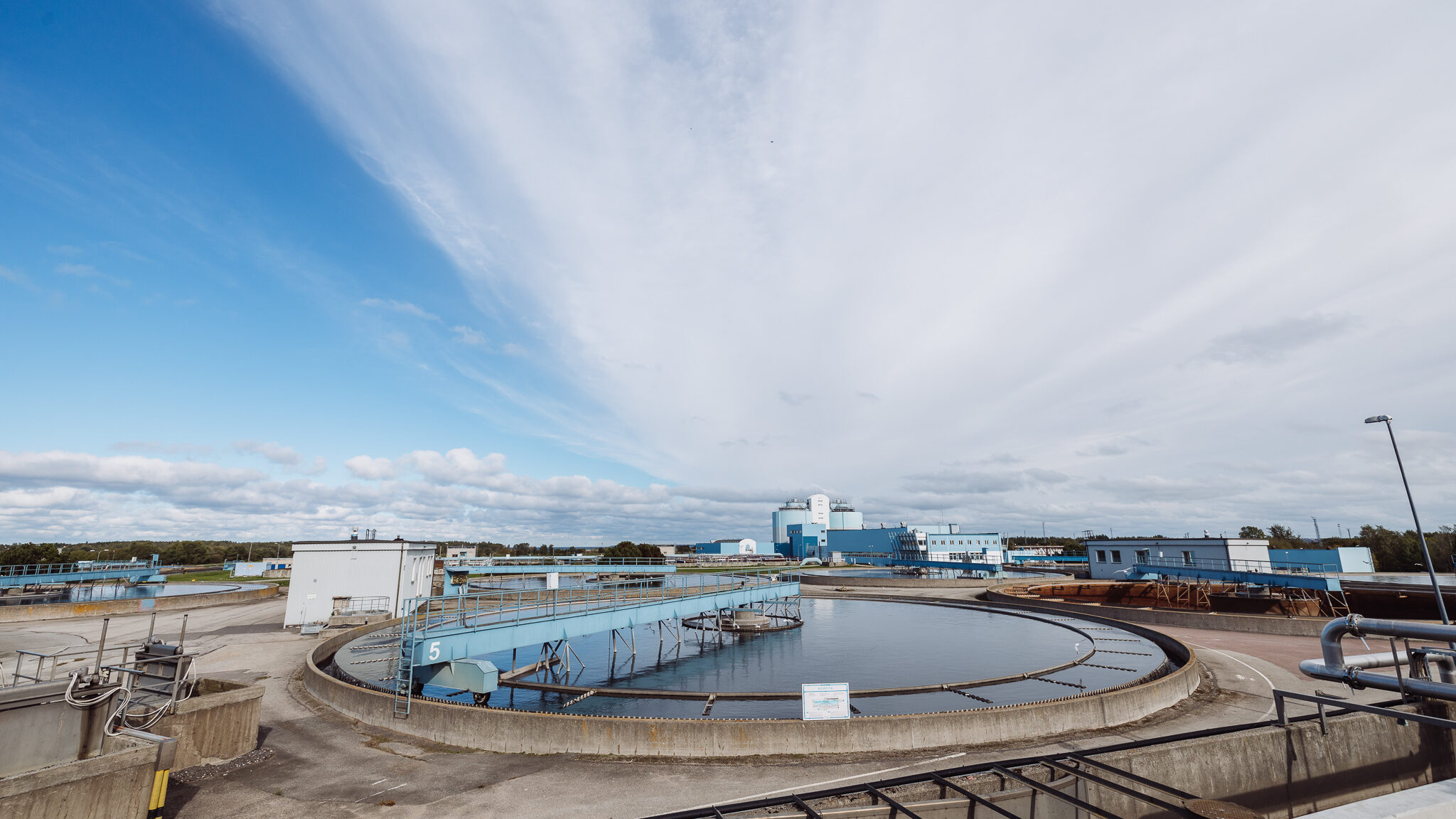- 40% saved from monthly energy bill
- 40tof CO2 emissions reduced annually
- 21MWhmaximum automated flexibility
- 0% of core business affected
Clients’ point of view
Energy-related costs are one of the major expenses for the water utility. Therefore, the optimization of energy consumption makes a huge difference. Initially, the main focus was on market-price related consumption shifting and finding the optimal schedule for pumps.
On the other hand, using consumption flexibility and participating in demand response seems unlikely for a large water utility. They must keep certain pressure in thousands of kilometers of pipes to be able to deliver quality services to their clients. Any error could lead to potential impurities in system outputs.
After applying market price adjustment to our model we found the following potential savings:

Fusebox point of view
Water utilities in general are really energy intensive and therefore they have great potential to participate in demand response programs. Large water tanks, ponds, and reservoirs usually possess a vast amount of flexibility. Additionally, water-related flexibility assets have a quick response time regardless if pumps are controlled through soft starters or frequency converters.
In this particular case, we decided to start with sewer pumping systems. Mainly because the sewerage system under the city acts as a huge tank or reservoir for water. The only restrictions to sewer pumping operations are weather-related and could occur on a rainy day.
Optimal pumping schedule
Electricity market prices are announced 24h ahead. Therefore optimal pumping schedule should contribute to the reduction of energy related costs. The company was previously pumping water out of the sewers during the night for cheaper electricity prices. However, the thorough analysis revealed that savings from market-price optimization would be significantly lower compared to revenue from DR. Despite the fact that one does not affect the other, we decided to focus initially on demand response solutions solely.
Potential earnings from Demand Response
Potential revenue and savings were calculated for two scenarios. The first one utilizes the electrical load of 2MW as flexibility and the second one utilized the load of 3MW as flexibility. The main idea was utilizing only a part of the client’s load to keep the necessary pressure and critical functions available at all times.
Flexibility is provided through 4x1MW pumps which are controlled by frequency converters. Change in frequency was not possible in this case, because pumps would turn off under 40% anyway. Therefore ON/OFF solution was proposed.

Key observations
- Water pumping provides quick and valuable flexibility
- Multiple pumps offer easily configurable and fail-safe flexibility
- Demand response provides up to 10 times more revenue and savings than market price adjustment

